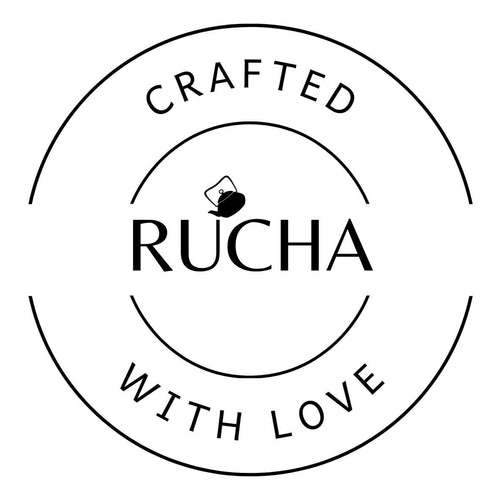Cacao nibs have slowly been making their way as the superfood amongst health-conscious consumers.
They’re produced from beans derived from the Theobroma cacao tree, also known as the cocoa tree. Cocoa beans are dried after harvesting, then fermented and cracked to produce small, dark bits — or cacao nibs.
These rich, chocolatey nibs are loaded with nutrients and powerful plant compounds that have been shown to benefit health in many ways. Though small in size, cacao nibs are packed with an impressive amount of nutrients.
They’re amongst the least processed cocoa products on the market and substantially lower in sugar than other chocolate products, making them a healthier alternative for chocolate lovers.

They’re rich in many minerals, including iron, magnesium, phosphorus, zinc, manganese, and copper. Phosphorus, magnesium, and manganese are vital for healthy bones, while copper and iron are needed for producing red blood cells that supply oxygen to your body.
The potent anti-inflammatory and antioxidant properties of cacao nibs may have a positive impact on immune health. For example, cocoa flavonoids help decrease inflammation, which can help improve overall immune response.
A study published in 2017 in the journal Frontiers of Nutrition suggested that regularly consuming cacao “improves cognition, attention, processing speed, and working memory.” As well as aiding in cognitive functions, the results also suggest that cacao helps protect and even reverse signs of neurodegenerative diseases such as Parkinson’s and Alzheimer’s.

Sources:
What Are Cacao Nibs? Nutrition, Benefits, and Culinary Uses by Jillian Kubala, MS, RD, March 28 2019.
Cacao Nibs: What Are They and How to Use Them by Cacao Magazine

